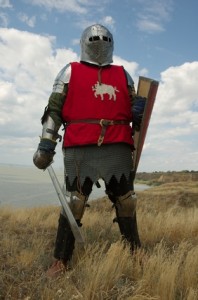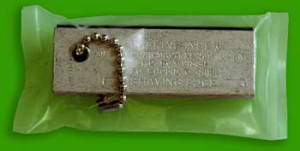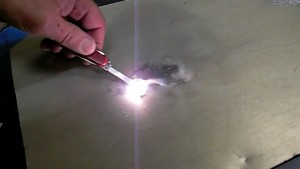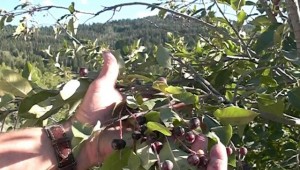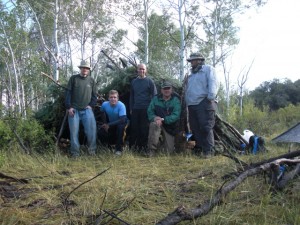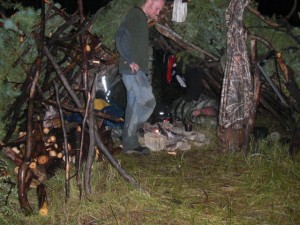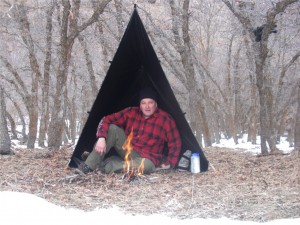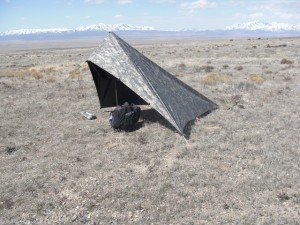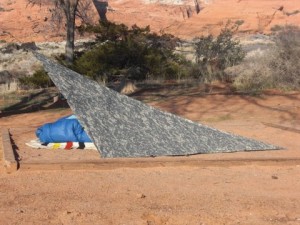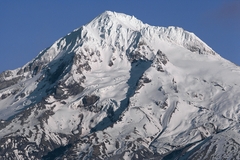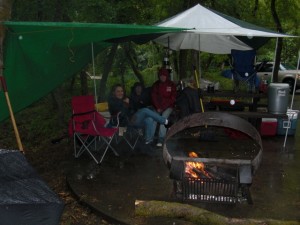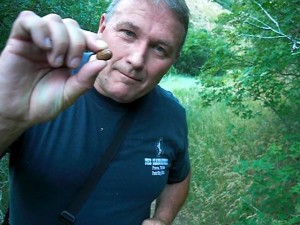“In priority order, after shelter and the need to Defend your Body Temperature (italics added), preventing dehydration is the survivor’s next most important necessity” –Peter Kummerfeldt
I read incessantly it seems, and while reading some of Peter’s experienced advice, I came across the above statement. Something about it just fires me up. I think there was a song from long ago while I was still just a pup, that had a line that went, “it’s only words, and words are all I have…” the rest of the song doesn’t fit our subject today, but sometimes words just seem like so much blah, blah, blah, and then there are words that really hit us hard, words that demand action.
I italicized “defend your body temperature” for a reason, I just love that phrase. I imagine a battle or a fight to keep my body warm enough, it’s like, “I’m not gonna take this sitting down.” It’s such an action statement, I can’t get it out of my head. So here I am writing this little blog, not so I can quit thinking about it, but to put the thoughts down that are swirling around in that big cavity that rides on my shoulders.
So often we talk about hypothermia and its deadly effects, we talk of hydration and its contribution to inviting hypothermia. And we talk of shelter and clothing, and staying dry, then there is always fire building in inclement weather. This is all fine and good, but what does it actually do? I attended a sales meeting recently and one of the questions that was asked went something like this. “There are 10 Seagulls on the beach, 8 of them decide to fly away, how many Seagulls are there on the beach now?” The answer is NOT 2. The point being there is a difference between deciding to do something and actually doing it. It was never stated that 8 Seagulls flew away.
OK so now what does all this have to do with Peter’s statement, “the need to defend your body temperature?” I italicized the word defend this time for a reason, to me it implies taking an active stance in staying warm in the cold, and cool in the heat. To me it means that I will fight off excessive cold, by stopping if need be to shelter up, or build a fire. Many times we find ourselves pressing on, thinking if we just keep going we’ll get out of our situation. In so doing often we don’t drink water like we should, which becomes an open invitation to fatigue and hypothermia.
How many times have you been out and you are still a good way off from safety, you feel yourself getting colder and you know you can’t let that keep happening, but you push yourself harder, thinking you will soon be to safety and warmth. That may well happen, but all too often, fatigue begins to set in and the pace slows, decision making gets cloudy, perhaps a stumble or a fall takes place because of all the stress. If injured you are now not only cold, but tired, dehydrated, and disoriented, so what are your chances like now?
So often it’s better to stop and rest, get warm, then if there is time, go on a while longer. If it’s too late in the day, make preparations to bivy for the night, and take a fresh start in the morning, after a good rest, and getting plenty of water in you. It’s easy to see that in this scenerio a stop, or breather would be the best bet. Stay safe don’t try to push yourself beyond your limits, when you do you only move yourself into the danger zone.
Remember, “Defend your body temperature.” Think of it in that way so nothing else takes the priority.
For Wilderness Innovation, Perry Peacock –“Simplifying Survival”




